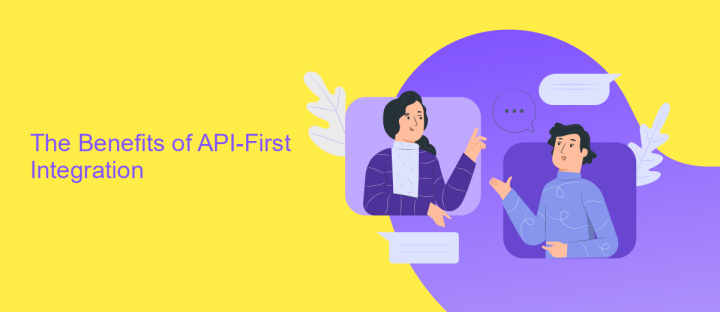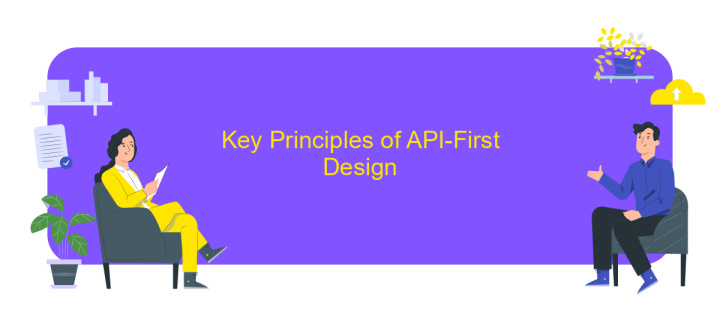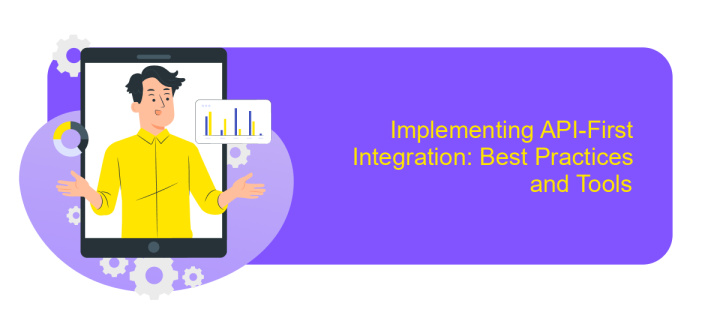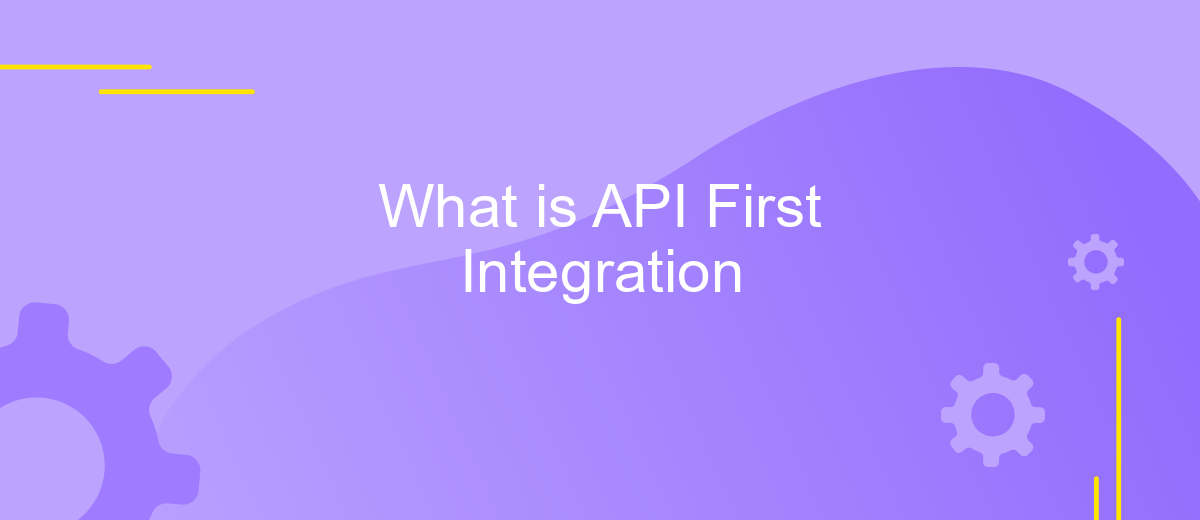What is API First Integration
API First Integration is a modern approach to software development that prioritizes the design and implementation of application programming interfaces (APIs) before other components. This methodology ensures that APIs are consistent, reusable, and scalable, facilitating seamless communication between different systems. By adopting an API-first strategy, businesses can accelerate development processes, enhance interoperability, and create more flexible and robust digital ecosystems, ultimately driving innovation and efficiency.
Understanding API-First Integration: A Definition and Overview
API-first integration is a modern approach that prioritizes the design and development of application programming interfaces (APIs) before building the rest of the software application. This methodology ensures that APIs are at the core of the development process, facilitating seamless communication between different software components and systems. By adopting an API-first strategy, organizations can achieve greater flexibility, scalability, and interoperability in their software solutions.
- Design-Centric: API-first focuses on designing well-structured APIs from the outset.
- Collaboration: Encourages collaboration between developers, designers, and stakeholders.
- Consistency: Promotes consistency in API design across different projects.
- Scalability: Facilitates the development of scalable and maintainable applications.
- Interoperability: Enhances the ability to integrate with other systems and services.
By implementing API-first integration, businesses can streamline their development processes and improve the overall quality of their software products. This approach allows for quicker iterations and easier updates, as APIs are designed to be reusable and adaptable. Ultimately, API-first integration empowers companies to deliver more robust and user-friendly applications, meeting the evolving needs of their users and the market.
The Benefits of API-First Integration

API-first integration offers a strategic approach to software development, emphasizing the importance of designing APIs before building the application. This methodology enhances flexibility and scalability, allowing developers to create more adaptable and efficient systems. By prioritizing APIs, teams can ensure that their applications are more easily integrated with other services and platforms, fostering a more connected and cohesive technological ecosystem. This approach also facilitates faster development cycles, as APIs provide clear guidelines and structures that developers can follow, reducing the time spent on troubleshooting and adjustments.
Additionally, API-first integration promotes better collaboration between teams. By establishing a clear API contract from the start, developers, designers, and other stakeholders can work in parallel, minimizing bottlenecks and misunderstandings. Tools like ApiX-Drive exemplify the benefits of this approach by offering seamless integration solutions, enabling businesses to automate workflows and connect various applications without extensive coding. This not only saves time but also reduces the risk of errors, ensuring a smoother and more reliable integration process. Ultimately, adopting an API-first strategy empowers organizations to innovate more rapidly and respond to changing market demands with greater agility.
Key Principles of API-First Design

API-first design is a methodology that emphasizes the creation of APIs as the initial step in software development. This approach ensures that APIs are treated as first-class citizens, promoting consistency, reusability, and scalability across applications. By prioritizing APIs from the beginning, developers can create systems that are more adaptable to change and better aligned with business goals.
- Design for Consumers: Focus on the needs and expectations of API consumers, ensuring a seamless and intuitive experience.
- Consistency and Standardization: Use consistent naming conventions, data formats, and authentication methods to create a unified API ecosystem.
- Documentation: Provide comprehensive and clear documentation to facilitate understanding and adoption by developers.
- Versioning and Compatibility: Implement versioning strategies to manage changes and maintain backward compatibility.
- Security: Prioritize security by implementing robust authentication and authorization mechanisms.
Embracing an API-first design approach not only streamlines the development process but also enhances collaboration among teams. By adhering to these key principles, organizations can build more resilient and future-proof systems that effectively meet the dynamic needs of users and stakeholders.
Implementing API-First Integration: Best Practices and Tools

Adopting an API-first integration approach transforms how businesses connect their systems and services, prioritizing APIs from the very start of development. This method ensures that APIs are treated as first-class citizens, allowing for seamless integration and scalability. By designing APIs before the implementation of any specific service, businesses can ensure consistency and better alignment with user needs.
To successfully implement API-first integration, it is crucial to follow best practices that enhance the development process. These practices not only streamline workflows but also improve the overall quality and reliability of the APIs. Key considerations include designing with user experience in mind, ensuring robust documentation, and adopting a test-driven development approach.
- Utilize API design tools such as Swagger or Postman to create and visualize API structures.
- Implement continuous integration and delivery (CI/CD) pipelines to automate testing and deployment.
- Ensure comprehensive security measures, including authentication and authorization protocols.
- Engage in regular API versioning to manage changes and updates efficiently.
By leveraging these best practices and tools, businesses can achieve more efficient and reliable API-first integrations. This approach not only enhances interoperability but also accelerates innovation, providing a solid foundation for future growth and technological advancement.
- Automate the work of an online store or landing
- Empower through integration
- Don't spend money on programmers and integrators
- Save time by automating routine tasks
Real-World Examples and Future Trends of API-First Integration
API-first integration is increasingly being adopted by companies to streamline their operations and enhance scalability. For example, companies like Spotify and Twitter have embraced API-first approaches to provide seamless user experiences and enable third-party developers to build applications that integrate effortlessly with their platforms. This strategy allows them to innovate rapidly, as APIs serve as building blocks that developers can leverage to create new functionalities without disrupting the core system. In essence, API-first integration acts as a catalyst for digital transformation, enabling businesses to adapt quickly to changing market demands.
Looking ahead, the future of API-first integration is promising, with trends pointing towards greater automation and the use of AI to optimize API management. Tools like ApiX-Drive are becoming essential, as they simplify the integration process by allowing businesses to connect various applications without extensive coding knowledge. As the demand for interconnected systems grows, API-first strategies will likely become the norm, empowering organizations to create more personalized and efficient digital ecosystems. This evolution will continue to drive innovation, offering businesses the flexibility to scale and adapt in an ever-evolving technological landscape.
FAQ
What is API First Integration?
Why is API First Integration important?
How does API First Integration benefit businesses?
What are the challenges of implementing API First Integration?
How can businesses start with API First Integration?
Do you want to achieve your goals in business, career and life faster and better? Do it with ApiX-Drive – a tool that will remove a significant part of the routine from workflows and free up additional time to achieve your goals. Test the capabilities of Apix-Drive for free – see for yourself the effectiveness of the tool.


